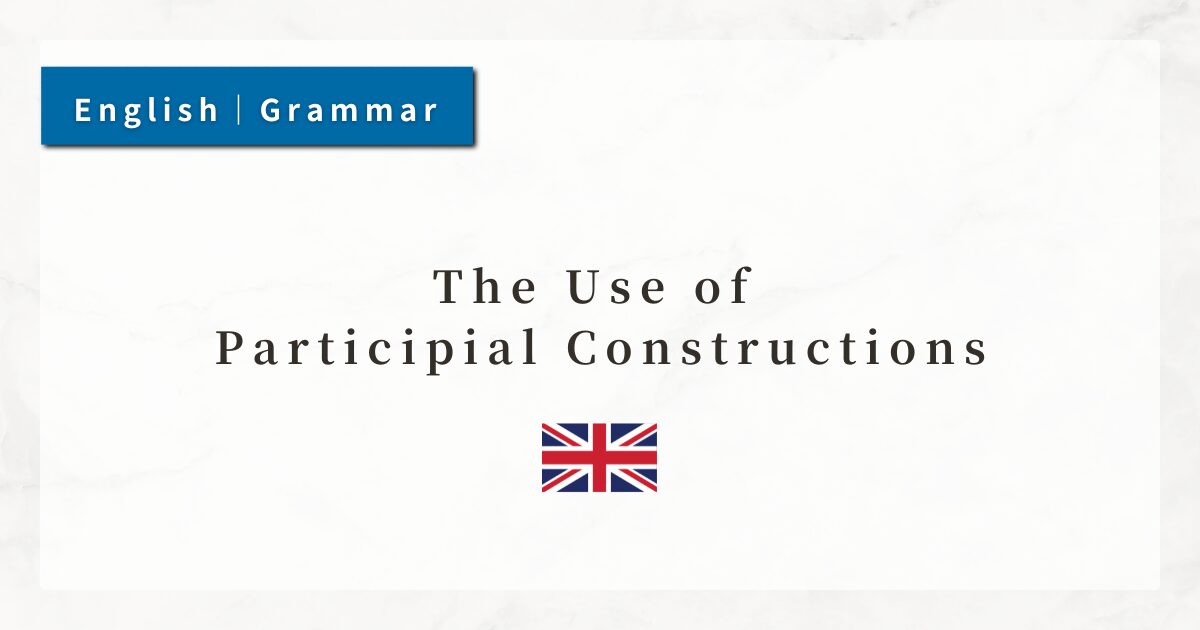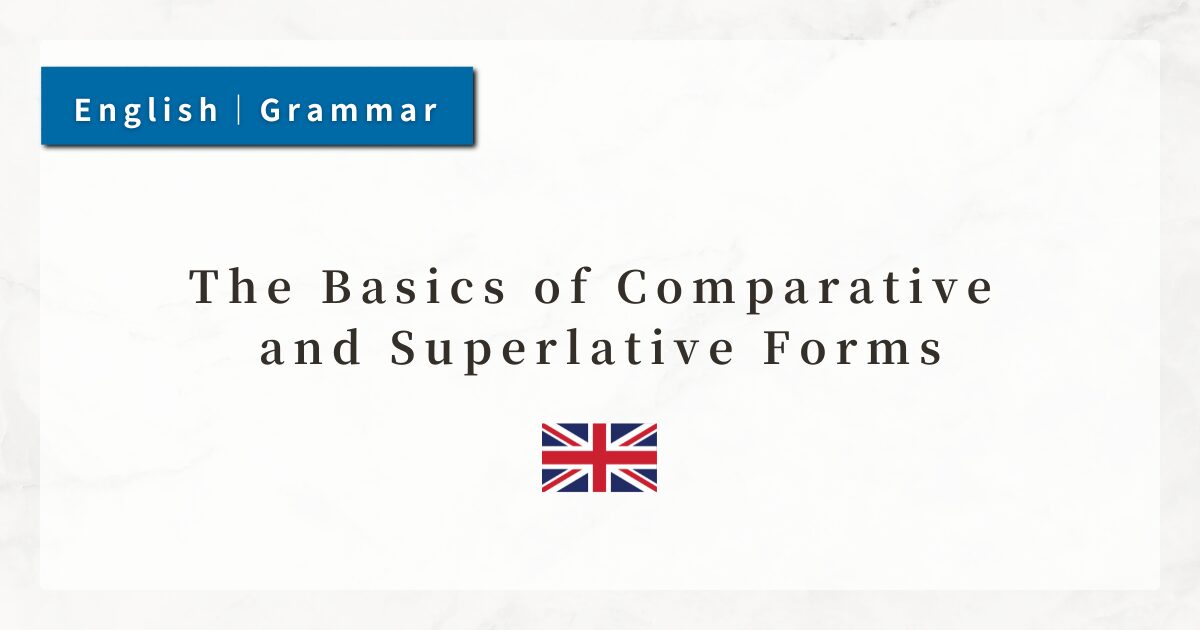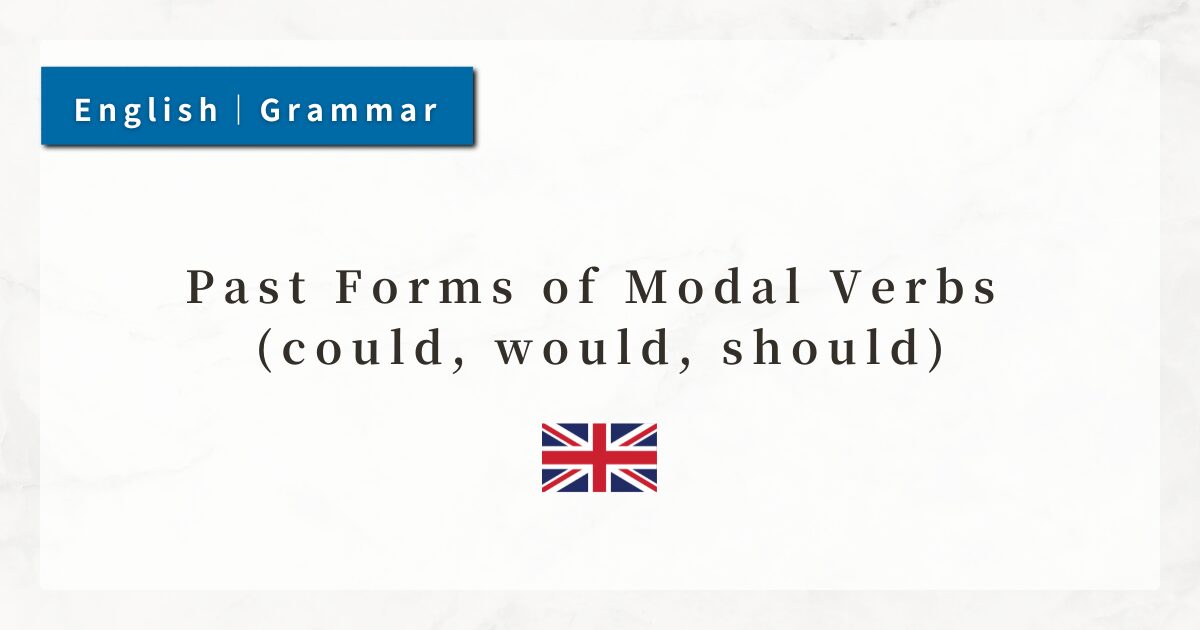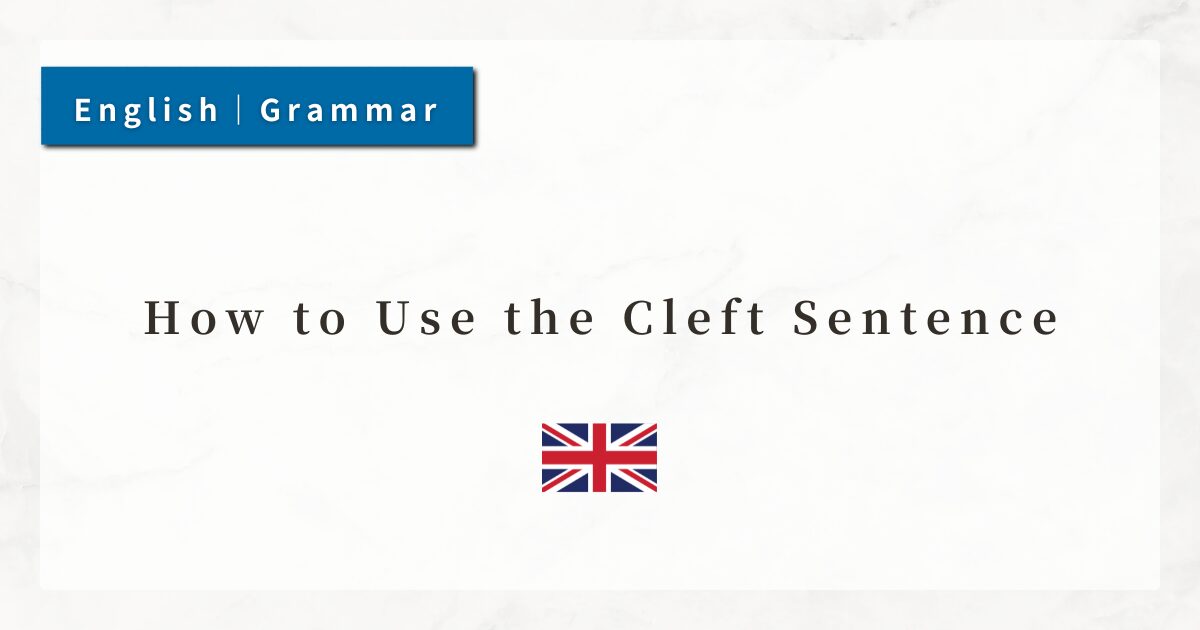#59 The Use of Participial Constructions|Expressing Reason, Condition, and Result with Present and Past Participles

In English, participial constructions are used to make sentences more concise.
By using participial constructions, I can smoothly express ideas such as reason, condition, result, and time, which makes sentences sound more natural and easier to read.
In this lesson, I will explain the basic rules of participial constructions and how to use both present participles and past participles, with example sentences.
1. What Is a Participial Construction?
A participial construction is an expression that uses a present participle (-ing form) or a past participle (-ed form, etc.) to modify the whole sentence in an adverbial way.
The basic patterns are as follows:
- Present Participle (while doing / doing)
→ Walking along the street, I found a nice café. - Past Participle (being done / having been done)
→ Surprised at the news, she couldn’t say anything.
As a rule, the subject of the participial construction is the same as the subject of the main clause. If the subject differs, the structure is called an absolute construction.
2. Participial Constructions with Present Participles
A present participle (-ing form) is used when the subject is actively performing an action.
2-1. When Two Actions Occur Simultaneously
- Listening to music, she studied English.
Here, “Listening to music” indicates an action occurring at the same time as studied. It can be understood as “while doing.”
2-2. Expressing Reason
- Knowing the answer, he didn’t ask the question.
Here, the present participle expresses a reason, naturally translated as “because.”
2-3. Expressing Condition
- Turning left at the next corner, you will see the station.
In this case, the participial phrase expresses a condition, equivalent to “if.”
3. Participial Constructions with Past Participles
A past participle is used to indicate a passive meaning or a certain state.
3-1. Describing a State
- Surrounded by mountains, the town is very quiet.
Here, Surrounded expresses the state of “being surrounded.”
3-2. Expressing Reason
- Shocked by the news, she couldn’t say a word.
Using a past participle makes it easy to describe the effect or emotion experienced by the subject.
4. Absolute Constructions
Normally, the subject of a participial construction is the same as the subject of the main clause. When the subject is different, it is called an absolute construction.
An absolute construction takes the form “Noun (or Pronoun) + Participle” and functions independently to describe the situation.
- The weather being fine, we decided to go hiking.
- Dinner having been finished, they left the restaurant.
Absolute constructions are often used for background descriptions and tend to appear in more formal writing styles.
5. Points to Keep in Mind When Using Participial Constructions
While participial constructions are useful, incorrect use can make a sentence unclear or awkward. I must be careful with the following points:
5-1. Check Subject Consistency
The subject of the participial phrase must generally match the subject of the main clause. If not, it should be expressed as an absolute construction.
- ✔ Walking down the street, I was splashed by a car.
- ✘ Walking down the street, a car splashed me.
→ This implies “the car was walking,” which is illogical.
5-2. Be Aware of Tense Relations
A participial construction itself does not carry tense. The timing must be inferred from its relationship to the main clause.
- Being tired, he went to bed early.
→ Simultaneous action - Having finished his homework, he went out to play.
→ Action completed before the main clause
“Having + past participle” is used to indicate a prior action.
5-3. Mostly Used in Written English
Participial constructions are primarily used in written language, such as essays or novels, and are less common in daily conversation.
- Being tired, he went to bed early.
→ Written style, preferred in formal writing - Because he was tired, he went to bed early.
→ More natural in spoken English
It is important to choose between a participial construction and a conjunction depending on the context and style.
6. Summary
- Participial constructions use present participles (-ing) and past participles (-ed, etc.) to modify sentences adverbially.
- Present participles express ideas such as “while doing,” “because,” “if.”
- Past participles describe states or passive meanings, such as “being done” or “having been done.”
- When the subject differs from that of the main clause, it becomes an absolute construction (Noun + Participle).




